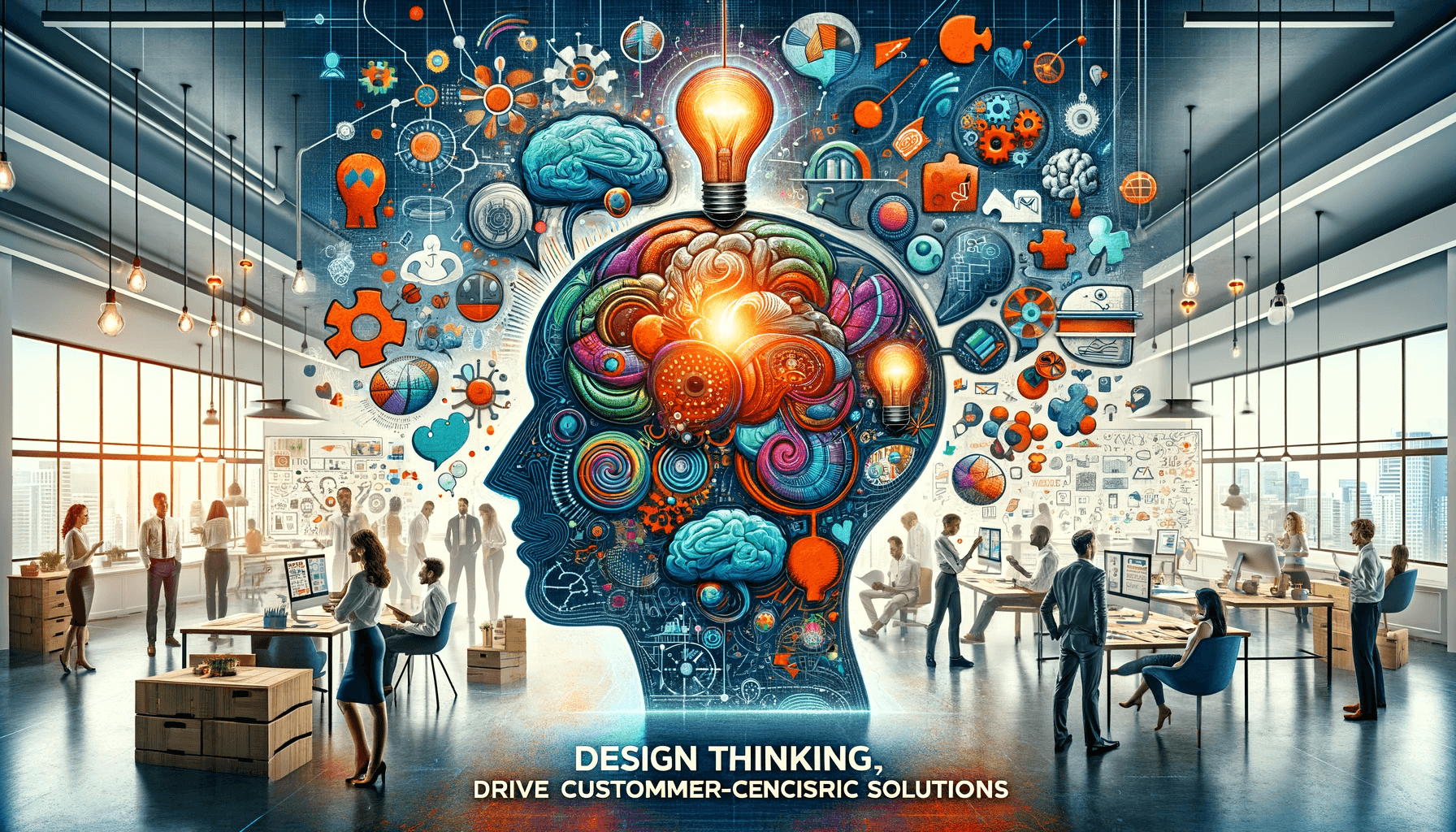Sponsor Neuro-Balance Therapy VSL
Table of Contents
Healthcare communication is vital to providing quality care and ensuring positive patient outcomes. Effective communication between healthcare professionals and patients is crucial in patient satisfaction, treatment adherence, and overall healthcare experience. In this article, we will explore the importance of effective healthcare communication, the challenges faced in the industry, strategies for improvement, the role of technology, training, and education, successful case studies, the benefits of effective communication in healthcare outcomes, and available tools and resources. We can enhance patient satisfaction and achieve better healthcare outcomes by mastering effective healthcare communication.
The Importance of Effective Healthcare Communication
Effective healthcare communication is the cornerstone of patient-centered care. It involves exchanging information, ideas, and emotions between healthcare professionals, patients, their families, and caregivers. Clear and empathetic communication is essential for establishing trust, understanding patients’ needs and preferences, making informed decisions, and ensuring the delivery of appropriate care.
When healthcare professionals effectively communicate with patients, it fosters a sense of partnership and collaboration. Patients feel valued, heard, and respected, leading to increased engagement in their healthcare journey. Effective communication also reduces the risk of medical errors, enhances treatment adherence, and improves patient safety.
The Impact of Communication on Patient Satisfaction
Patient satisfaction is a crucial measure of healthcare quality. Studies have consistently shown a strong correlation between effective healthcare communication and high levels of patient satisfaction. When healthcare professionals demonstrate good communication skills, patients are more likely to feel satisfied with their care experience.
Patients value being treated respectfully, receiving clear explanations about their conditions and treatment options, and addressing their questions and concerns promptly. When healthcare professionals actively listen, provide emotional support, and involve patients in decision-making, it significantly enhances patient satisfaction.
Communication Challenges in the Healthcare Industry
Despite the importance of effective healthcare communication, the industry faces several challenges that hinder optimal communication. One major challenge is the limited time healthcare professionals spend with each patient. Heavy workloads and time constraints often lead to rushed interactions and insufficient communication.
The complexity of medical terminology and jargon can also create barriers to effective communication. Patients may struggle to understand the information provided, leading to confusion and potential misunderstandings. Language barriers, cultural differences, and health literacy levels contribute to communication challenges in diverse patient populations.
Strategies for Improving Healthcare Communication
Several strategies can be implemented to overcome the challenges in healthcare communication. First and foremost, healthcare professionals should prioritize effective communication skills in their training and education. By developing strong communication skills, healthcare providers can build rapport with patients, improve their ability to convey complex information clearly and enhance patient understanding.
Active listening is another critical aspect of effective communication. Healthcare professionals should give their undivided attention to patients, listen attentively to their concerns, and validate their emotions. This helps establish trust, promotes open dialogue, and ensures patients feel heard and understood.
Furthermore, using plain language and avoiding medical jargon is essential for patient comprehension. Healthcare professionals should strive to explain medical concepts in a way that patients can quickly grasp. Visual aids, such as diagrams or videos, can also enhance understanding and facilitate communication.
The Role of Technology in Healthcare Communication
Technology has revolutionized healthcare communication, offering new opportunities and tools to enhance patient engagement and improve healthcare outcomes. Electronic health records (EHRs) enable healthcare professionals to access and share patient information more efficiently. This streamlines communication between different providers and ensures continuity of care.
Telemedicine and virtual consultations have become increasingly popular, particularly in remote areas or during emergencies. These technologies allow patients to consult with healthcare professionals remotely, reducing the need for in-person visits and offering more convenient access to care.
Moreover, mobile health applications and patient portals empower patients to participate actively in their healthcare. These platforms provide access to medical records, appointment scheduling, medication reminders, and educational resources. Using technology to facilitate communication, healthcare professionals can engage patients beyond the clinical setting and support their self-management efforts.
Training and Education for Healthcare Professionals in Communication Skills
To achieve effective healthcare communication, ongoing training, and education for healthcare professionals are essential. Communication skills should be a core component of medical and nursing curricula, ensuring that future healthcare providers can communicate effectively with patients.
Continuing education programs and workshops can help practicing healthcare professionals refine their communication skills. These programs can focus on active listening, empathy, delivering bad news, and cultural competence. By investing in communication training, healthcare organizations can improve patient satisfaction, reduce medical errors, and enhance overall healthcare quality.
Case Studies: Successful Examples of Effective Healthcare Communication
Several case studies highlight the positive impact of effective healthcare communication on patient outcomes. For example, a study conducted at a pediatric hospital demonstrated that clear communication with patients and their families led to increased medication adherence and reduced hospital readmission rates. By involving parents in decision-making, healthcare professionals established trust and ensured better follow-up care.
Another case study focused on improving communication between healthcare professionals during patient handoffs. By implementing standardized communication protocols and electronic handoff tools, the study found a significant reduction in communication errors and improved patient safety.
These case studies illustrate how effective communication can drive positive change in healthcare outcomes, emphasizing the need for healthcare organizations to prioritize and invest in communication improvement initiatives.
The Benefits of Effective Communication in Healthcare Outcomes
Effective healthcare communication has numerous benefits that extend beyond patient satisfaction. When communication is clear, patients are more likely to understand their conditions, treatment plans, and medications. This leads to improved treatment adherence and better health outcomes.
By actively involving patients in decision-making, healthcare professionals can ensure that treatment plans align with patients’ values, preferences, and goals. This shared decision-making approach enhances patient engagement, improves treatment compliance, and fosters a sense of ownership over their healthcare.
Moreover, effective communication reduces the risk of medical errors and adverse events. Clear instructions and explanations help patients follow treatment regimens correctly, preventing medication errors or misunderstandings that could compromise patient safety.
Tools and Resources for Enhancing Healthcare Communication
A variety of tools and resources are available to support effective healthcare communication. These include patient education materials, visual aids, language interpretation services, and communication training programs.
Publications, websites, and online forums provide healthcare professionals with evidence-based guidelines and best practices for effective communication. These resources can help healthcare professionals stay updated on the latest communication techniques and approaches.
Additionally, healthcare organizations can implement patient satisfaction surveys and feedback mechanisms to gather insights and identify areas for improvement. These tools allow patients to provide valuable feedback on their care experience, enabling healthcare professionals to make necessary adjustments and continuously enhance their communication practices.
Conclusion: The Future of Healthcare Communication
Effective communication will remain a critical component of providing quality care as healthcare continues to evolve. The future of healthcare communication will see further technology integration, with advancements in telemedicine, artificial intelligence, and remote patient monitoring.
To master effective healthcare communication, healthcare professionals must continue to prioritize communication skills in their training and education. Ongoing professional development and utilizing tools and resources will ensure that healthcare professionals deliver patient-centered care proficiently.
By embracing effective healthcare communication, we can enhance patient satisfaction, improve treatment outcomes, and ultimately create a healthcare system that prioritizes the needs and preferences of patients. Let us continue investing in communication skills, technologies, and strategies that empower healthcare professionals and patients to achieve the best possible healthcare outcomes.
CTA: As healthcare professionals, let us commit to continually improving our communication skills and embracing the available tools and resources. By mastering effective healthcare communication, we can create a more patient-centered healthcare system and achieve better outcomes.




